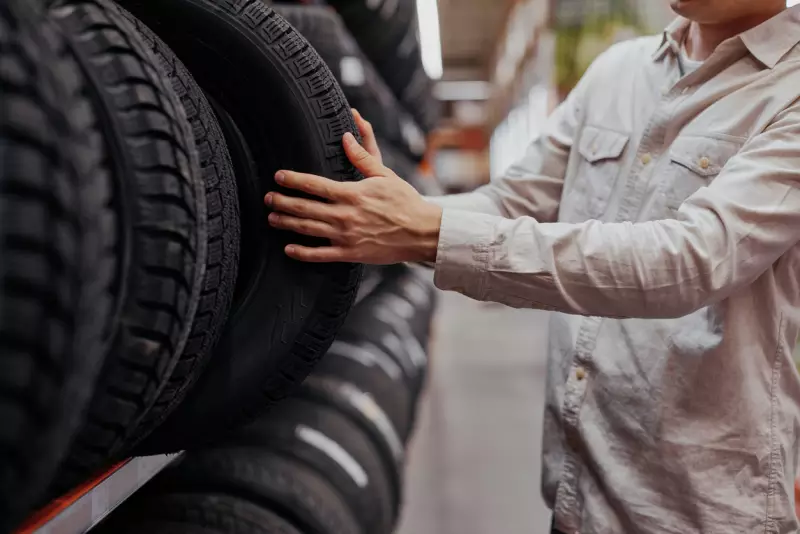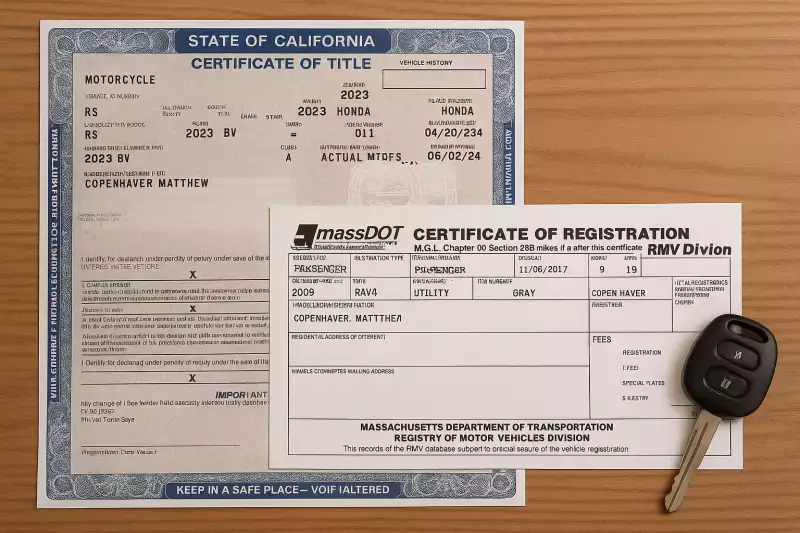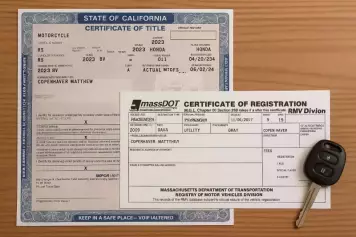A vehicle's safety is strongly tied to its tire tread. The depth and pattern provide enough grip for vehicles to drive at high speeds without losing control. This feature makes the auto industry strongly emphasize consistent tire replacements to avoid shallow or warped treads.
The demand for frequent tire replacements creates several issues. Not only are they significantly costly when purchased new, but tire production and disposal both have adverse environmental effects.
Retread tires breathe another life into used tires and buffet the downsides of buying new. However, some people are concerned about the safety and performance of retread tires. While retread tires are second-hand, they can perform amazingly when adequately maintained.
What Are Retread Tires?
Retread tires are used tires that have replaced worn-out surfaces with fresh tread. This method allows owners to keep their vehicles running for a fraction of the cost. Many specialty tires used in trucking, racing, and commercial fleets are manufactured with future retreads in mind.
Retreading isn't as simple as cutting off the old tread and slapping on a new one. It requires the right technology and trained specialists to ensure everything is bonded and aligned to perfection. A poorly retreaded tire is a severe risk to vehicle passengers.
The process includes these steps:
- Inspection: The tire is meticulously checked for problems that would make it unusable even with a new tread. Potential issues include sidewall damage,dry rot,microtears, and lodged debris.
- Tread Removal: The existing tread is buffed, and the tire is inflated to capacity. This readies the surface for the new tread and makes it easier to perform repairs.
- Tread Application: A bonding layer is applied to the tire circumference, and the new tread is fixed. This step must be perfectly aligned to avoid dangerous complications.
- Curing: The tire is placed in a mold and cured using heat and pressure. This step forms a permanent bond between the new tread and the tire.
Are Retread Tires Safe?
Retreading specialists understand the gravity of their work. The tires are subject to multiple quality checks, laser scans, chemical binding, and more to ensure drivers receive a product as close to new as possible.
However, this attention to detail is only found with reputable retreaders. Look carefully at reviews and professional endorsements. Most manufacturers list a few clients on their website to confirm their work.
Retreaded tires require all the attention and maintenance of a regular tire. Drivers must regularly inspect their tires for wear, reduced tread, and low air pressure.
Benefits of Retread Tires
Retread tires offer several benefits. These advantages are more useful for commercial enterprises, but some apply to individual vehicle owners.
Cost Efficiency
Specialty tires like those used on airplanes or eighteen-wheelers are costly. Getting a retread will significantly reduce costs while preserving performance. Many industrial tires are manufactured to accommodate future retreads.
Transportation fleet operators with dozens of vehicles are also an excellent target for retreads. These operations can retread in bulk, leading to an overall reduction in operating expenses.
Environmental Impact
Tire production leads to large-scale deforestation and releases countless chemicals into the environment over time. This pollution continues in landfills after the tire is discarded.
Retreads allow vehicle owners to reuse tires, reducing pollution and discouraging large-scale production.
Comparable Performance
Retread tires deliver grip and stability nearly equal to brand-new models. Some manufacturers even customize the tread to accommodate specific uses such as off-roading, hauling, or other niche tasks.
Retread Tires vs. New Tires
On average, retread tires cost businesses 30 to 50 percent less while keeping a similar lifespan with proper maintenance. They are also more environmentally friendly, reducing the owner's carbon footprint and enhancing businesses' public image.
The main draw of a new tire is the peace of mind it offers. Drivers are confident they get a uniformly produced tire to keep their passengers safe. They don't have to research the most trustworthy retreaders and risk a poorly constructed product.
Common Myths About Retread Tires
"Refurbished" products have a negative perception of being shoddily put together. Manufacturers take old parts and install them in a slightly more acceptable frame. However, retreaded tires go through a far more painstaking process.
Let's dispel a few of the misconceptions people have about reusing tires:
Retread Tires are More Prone to Blowouts
Retread tires experience multiple quality checks. This process includes checking for sidewall or crown damage that may compromise the tire. These problems are repaired before applying the new surface, making the retread tire just as durable and resistant to blowouts as a fresh one.
Retread Tires Don't Last as Long as New Tires
Retread tires will last just as long as new tires. However, drivers must pay attention to the tire's air pressure and periodically check for damage.
Retread Tires Are Only for Industrial Use
Industries utilizing massive vehicles like semi-trucks or airplanes will frequently rely on retreading to keep costs down. However, the process can be used for passenger cars and other small vehicles and is currently used in fleet maintenance and racecars.
Retread Tires Are Ugly
This myth is sometimes true. An improperly retread tire may look misaligned or crudely molded to the base. These imperfections may bother businesses and individuals who prioritize maintaining an aesthetic.
However, reputable manufacturers have the technology to precisely align the new tread every time. Their application processes are finely tuned, so the retread tire is identical to the original.
How to Choose Quality Retread Tires

Selecting quality retread tires is crucial to maintain performance and safety. Here are the best ways to choose your next retread tire:
- Buy from Certified Manufacturers: There isn't a government body that oversees retread tires. However, organizations like the Retread Tire Association (RTA) and the Tire Retread & Repair Information Bureau (TRIB) can vouch for manufacturers. Search for a service that maintains membership with these groups.
- Inspect the Tire: A properly retread tire should be indistinguishable from a new one. This means that the surface is free of imperfections, and the tire is fully inflated. A more official method to ensure the tire meets Department of Transportation rules is to check for a three-letter DOT code on the tire's sidewall.








![Best Sites to Check a Car’s History [2025 Review]](https://media.infopay.net/thumbnails/K8lMeG2QLjE46LPqZlmoi6SunKKdT5qvlaRZk6e1.webp)










![Best Sites to Check a Car’s History [2025 Review]](https://media.infopay.net/thumbnails/K8lMeG2QLjE46LPqZlmoi6SunKKdT5qvlaRZk6e1-w356.webp)
